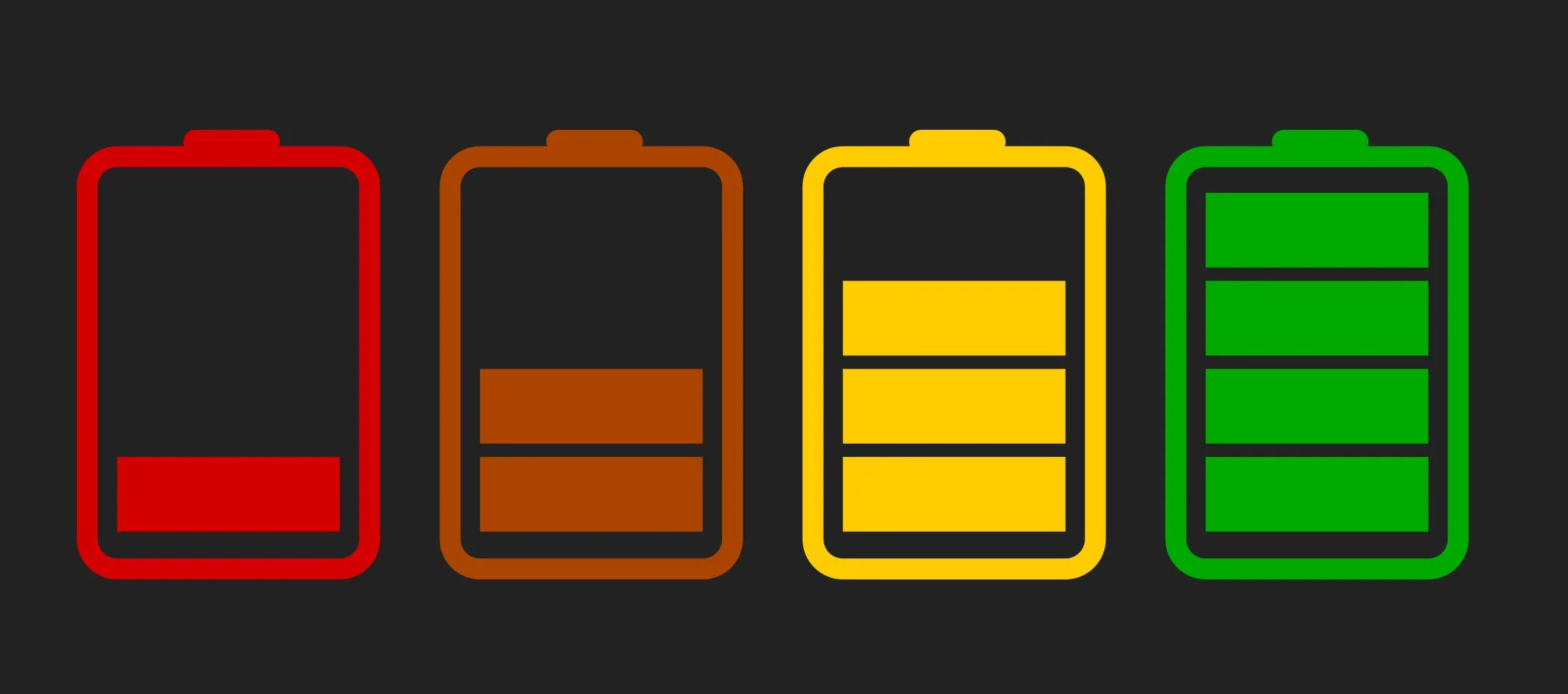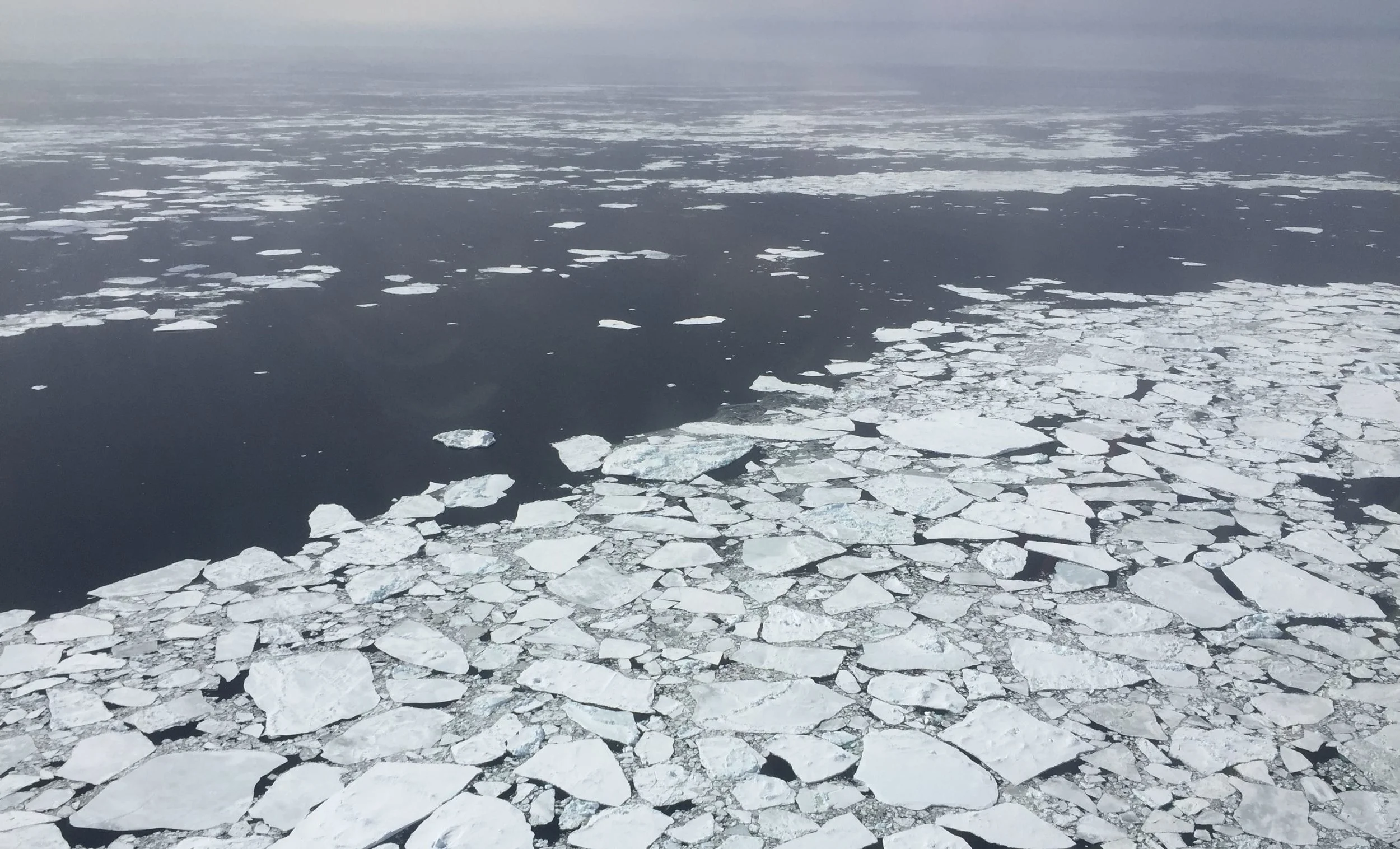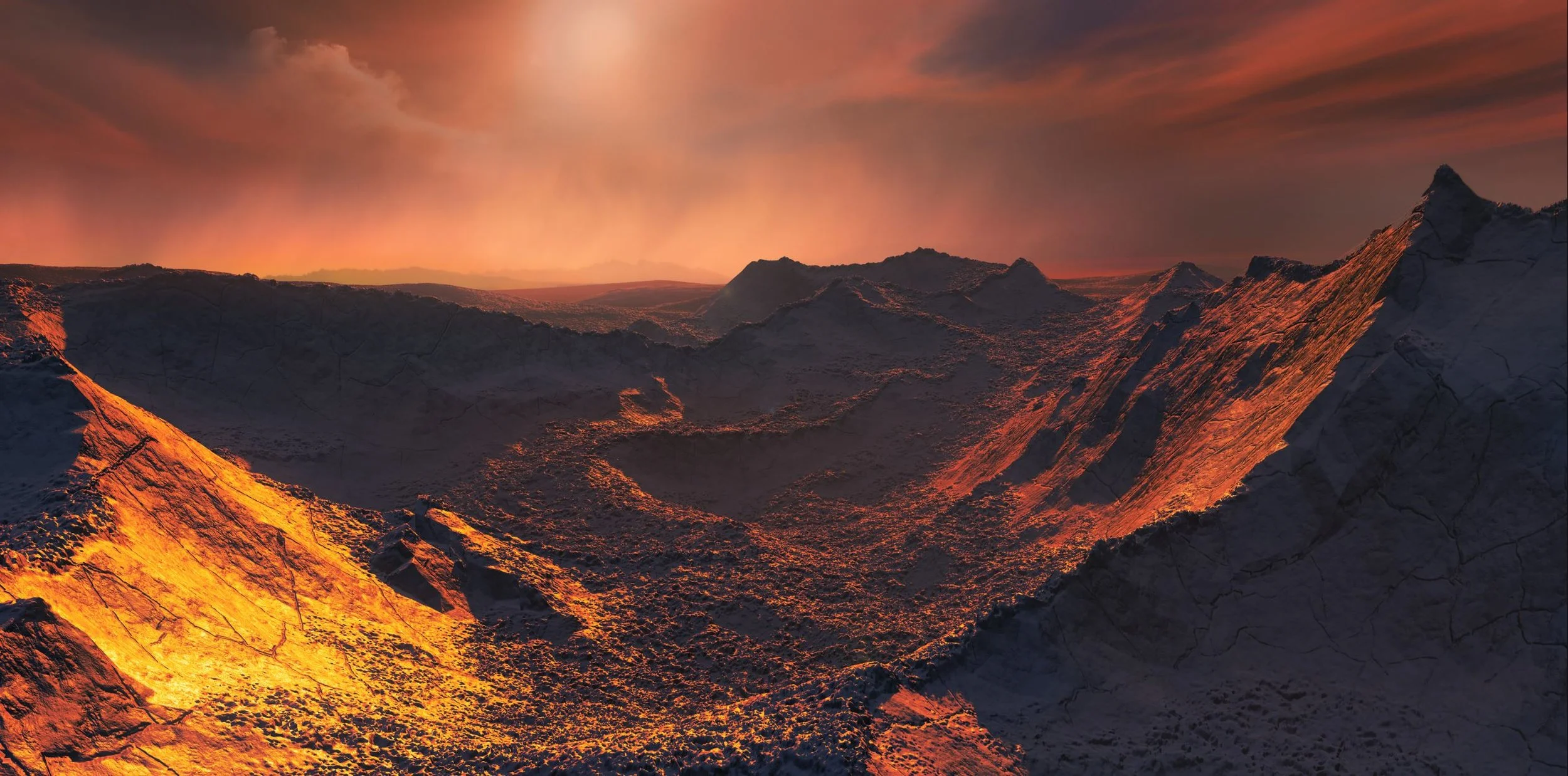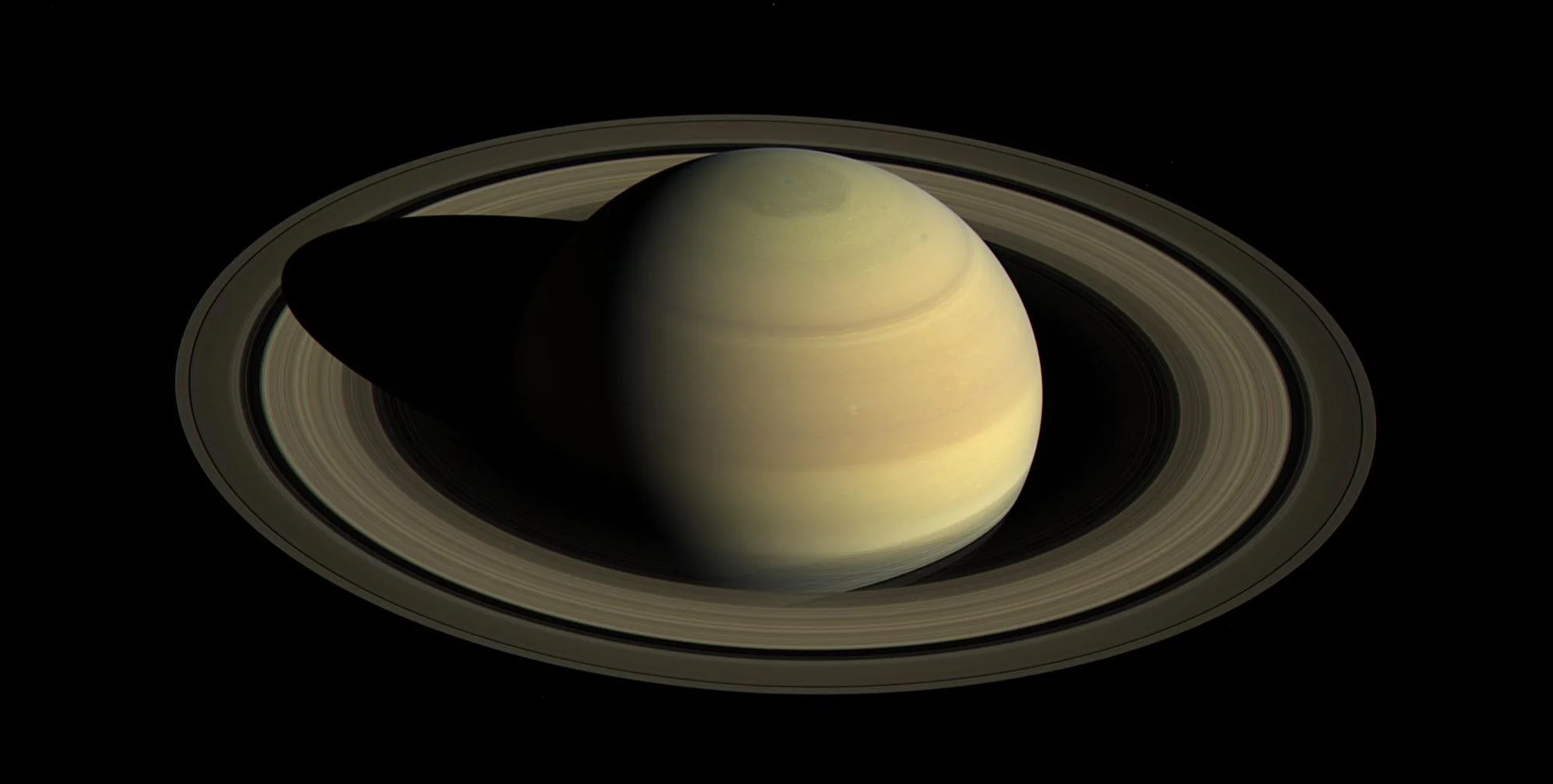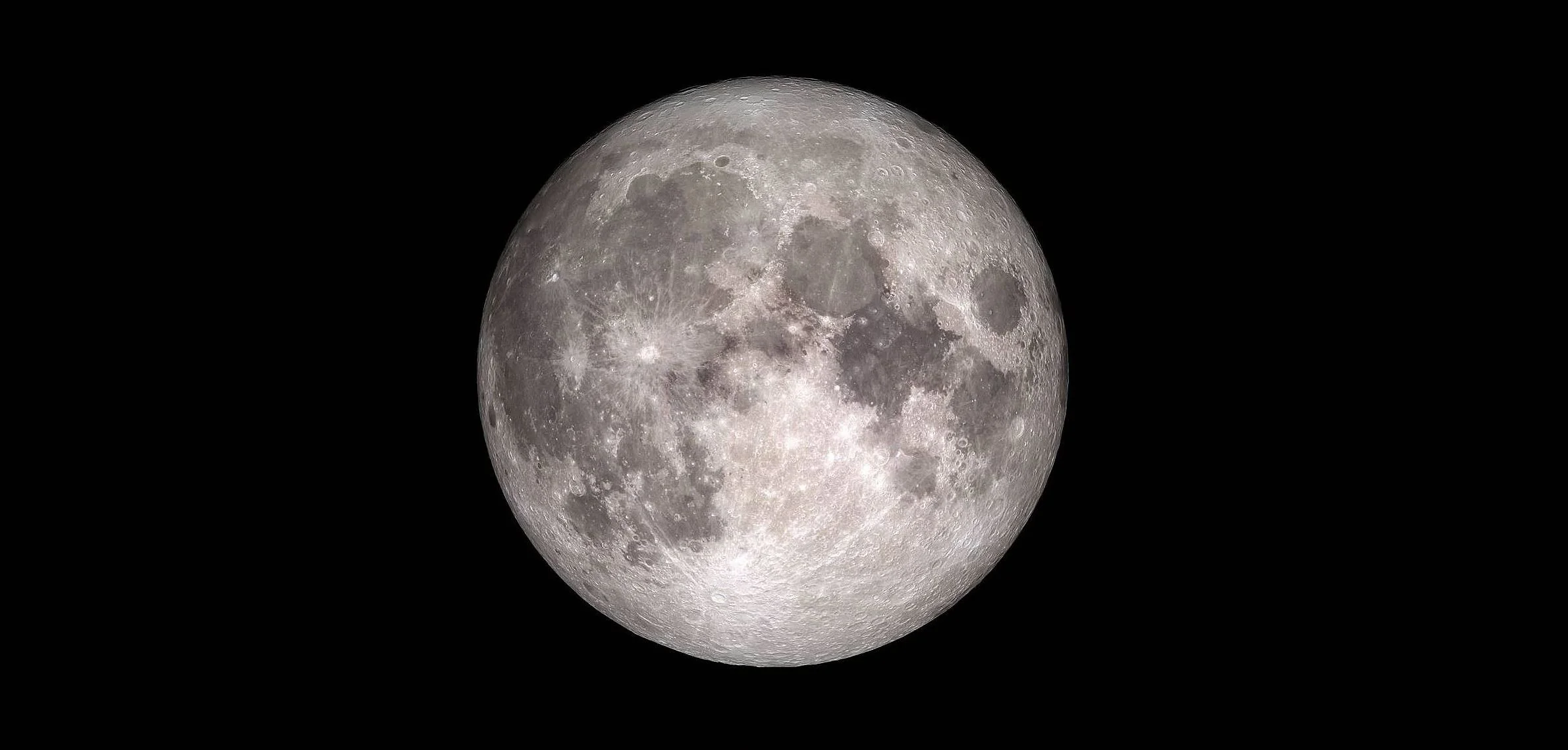Recently a digital blackout in Tonga — caused by the severing of the country’s only undersea cable — generated widespread recognition of the submerged systems our connected world depends upon.
Birth of Massive Black Holes in the Early Universe Revealed
Periodic table: new version warns of elements that are endangered
It is amazing to think that everything around us is made up from just 90 building blocks – the naturally occurring chemical elements. Dmitri Mendeleev put the 63 of these known at the time into order and published his first version of what we now recognize as the periodic table in 1869. In that year, the American civil war was just over, Germany was about to be unified, Tolstoy published War and Peace, and the Suez Canal was opened.
IBM launches commercial quantum computing – we’re not ready for what comes next
IBM recently unveiled what it claimed was the world’s first commercial quantum computer. While the announcement of the Q System One wasn’t scientifically groundbreaking, the fact that IBM sees this as a commercial product that organisations (if not individuals) will want to use is an important breakthrough.
Quasars with a Double-Image Gravitational Lens Could Help Finally Figure out how Fast the Universe is Expanding
How fast is the Universe expanding? That’s a question that astronomers haven’t been able to answer accurately. They have a name for the expansion rate of the Universe: The Hubble Constant, or Hubble’s Law. But measurements keep coming up with different values, and astronomers have been debating back and forth on this issue for decades.
I’ve Always Wondered: is rain better than tap water for plants?
Static electricity mystery paves way for better battery life
Cool Tech: Internet of Trees maps the health of trees online
Carcasses of tiny animals sealed off by a one kilometer thick ice layer found on Antarctica
Steam-Powered Spacecraft Could Explore the Asteroid Belt Forever, Refueling Itself in Space
The era of renewed space exploration has led to some rather ambitious proposals. While many have been on the books for decades, it has only been in recent years that some of these plans have become technologically feasible. A good example is asteroid mining, where robotic spacecraft would travel to Near-Earth Asteroids and the Main Asteroid Belt to harvest minerals and other resources.
Bison are back, and that benefits many other species on the Great Plains
European Southern Observatory’s Cosmic Gems Programme captures last breath of a dying star
The faint, ephemeral glow emanating from the planetary nebula ESO 577-24 persists for only a short time — around 10,000 years, a blink of an eye in astronomical terms. ESO’s Very Large Telescope captured this shell of glowing ionised gas — the last breath of the dying star whose simmering remains are visible at the heart of this image. As the gaseous shell of this planetary nebula expands and grows dimmer, it will slowly disappear from sight.
It’s cold! A physiologist explains how to keep your body feeling warm
Why Antarctica’s sea ice cover is so low (and no, it’s not just about climate change)
Geothermal Heating Could Make Life Possible on the Super Earth Planet at Barnard’s Star
In 2018, scientists announced the discovery of a extra-solar planet orbiting Barnard’s star, an M-type (red dwarf) that is just 6 light years away. Using the Radial Velocity method, the research team responsible for the discovery determined that this exoplanet (Barnard’s Star b) was at least 3.2 times as massive as Earth and experienced average surface temperatures of about -170 °C (-274 °F) – making it both a “Super-Earth” and “ice planet”.
These brain cells make pain feel so bad
Can genetic engineering save disappearing forests?
Scientists Finally Know What Time It Is on Saturn
Using new data from NASA's Cassini spacecraft, researchers believe they have solved a longstanding mystery of solar system science: the length of a day on Saturn. It's 10 hours, 33 minutes and 38 seconds. The figure has eluded planetary scientists for decades, because the gas giant has no solid surface with landmarks to track as it rotates, and it has an unusual magnetic field that hides the planet's rotation rate. The answer, it turned out, was hidden in the rings.
NASA’s Campaign to Return to the Moon with Global Partners
The Moon is a fundamental part of Earth’s past and future - an off-world location that may hold valuable resources to support space activity and scientific treasures that may tell us more about our own planet. Americans first walked on its surface almost 50 years ago, but the next wave of lunar exploration will be fundamentally different.






